According to the Construction Products Association, the industry will recover strongly in 2021 but still finish up 6% lower than last year because of the severity of the impact of the coronavirus epidemic.
This is the most optimistic of three scenarios based on a ‘V’-shaped recession affecting primarily the second half of March, April and May, followed by a recovery from June at a slower pace than the initial decline.
In a second wave of infection and lockdown scenario – a W-shaped recession – the fall in output is forecast to be over 31% this year, with 2021 coming in 16% lower than 2019.
The third most damaging long recovery scenario or U-shaped recession based on continued restrictions throughout 2020 and a slow recovery in 2021, warns of a 31% plunge followed by total output next year almost a fifth lower than 2019.
Best case recovery scenario
- Construction output falls 25% in 2020
- Construction output in 2021 anticipated to be 6% lower than in 2019 in spite of recovery
- Private housing output falls 42% in 2020
- Commercial output is anticipated to fall 36% in 2020
- Private housing repair, maintenance and improvement falls 35% in 2020
- Infrastructure work is forecast to fall by 9% in 2020 before growth of 40% in 2021
The CPA’s Economics Director, Noble Francis, said: “The greatest impacts of the lockdown in construction were seen in the private housing sector.
“Returns to site in May will focus on partially completed developments rather than new starts as house builders are expected to be very cautious given uncertainty regarding demand.
“This uncertainty will also keep the recovery muted in commercial offices, industrial factories and the most-severely affected sub-sector, commercial retail.”
He added: “A more positive outlook is expected for infrastructure activity thanks to a greater ability to implement safe distancing for workers on larger sites but also, vitally, thanks to HS2 being given the go ahead to proceed.
“An increase in activity from the five-year investment programmes within regulated sectors such as water and sewerage, roads and rail also adds to this more positive story.”
But Francis also warned: “In addition to these issues around the general economy and construction demand, productivity on site has fallen significantly due to social distancing and other safety, which means that construction activity will take longer and cost more.
“Even in our most optimistic scenario, construction output bounces back by 25.5% in 2021 but, with growth starting from a low base, output will still be 6% lower than in 2019.
“Combined with the high levels of uncertainty on demand, getting levels of construction back to pre-Coronavirus levels will take time. Expect a long slog ahead.”





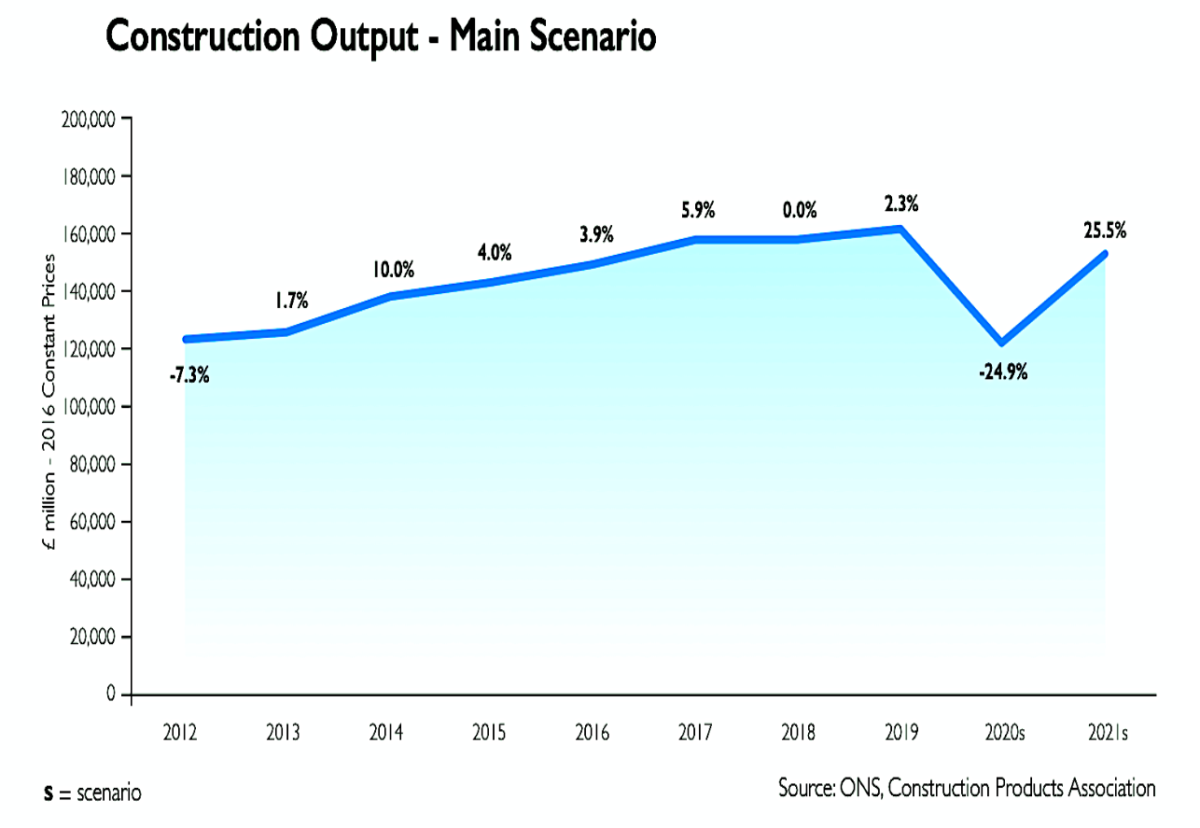






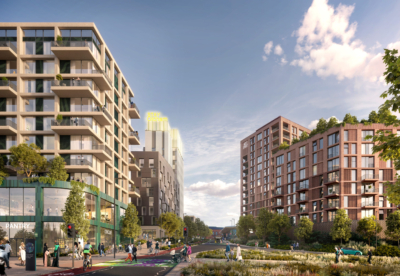
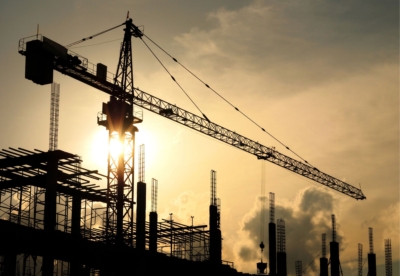


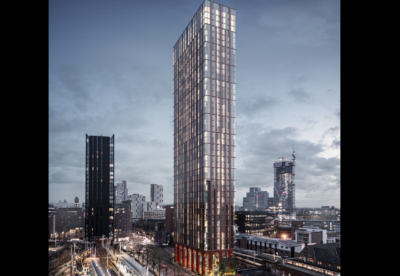
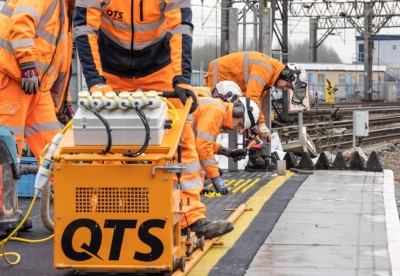













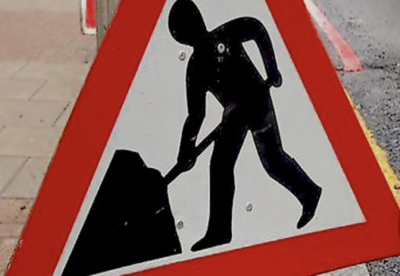




















.gif)
 (300 x 250 px).jpg)



